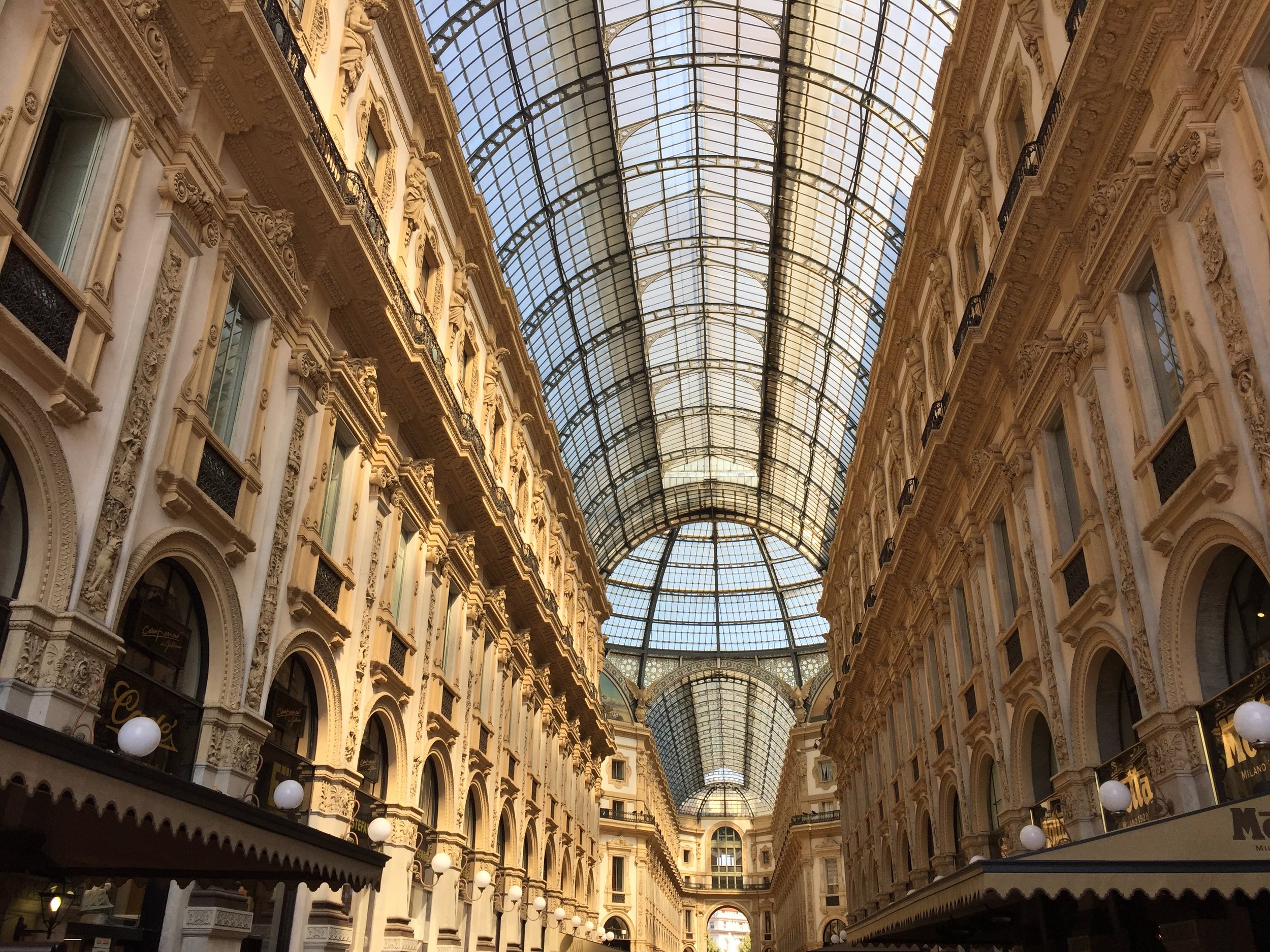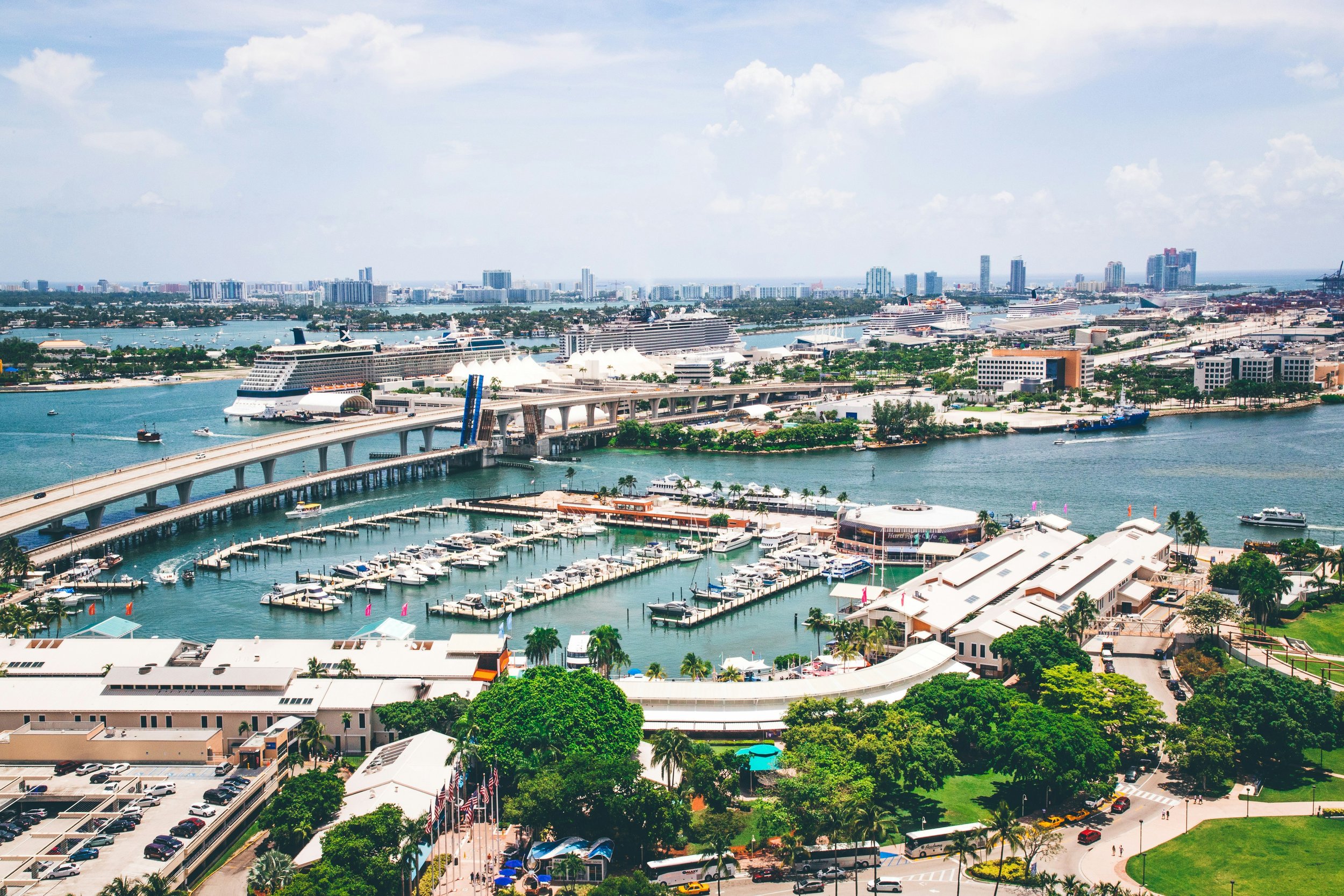Las Vegas, often referred to as "The Entertainment Capital of the World," is a vibrant city located in the heart of the Nevada desert. Known for its dazzling nightlife, luxurious resorts, and world-class entertainment, Las Vegas attracts millions of visitors each year, making it a unique hub of culture, excitement, and adventure.
One of the most captivating aspects of Las Vegas is its iconic Strip. This renowned stretch of Las Vegas Boulevard is home to some of the most famous hotels and casinos in the world, such as the Bellagio, Caesars Palace, and the Venetian. Each establishment boasts its own unique theme and attractions, offering visitors an unparalleled experience. The Bellagio, for instance, is famous for its stunning fountain show, where water dances to beautifully orchestrated music, creating a mesmerizing spectacle that captivates onlookers. Meanwhile, the Venetian transports guests to the romantic canals of Venice, featuring gondola rides and a replica of St. Mark's Square.
The allure of Las Vegas extends beyond its casinos and hotels. The city is a hotspot for entertainment, showcasing an array of performances ranging from Cirque du Soleil shows to concerts by renowned artists. The diverse talent attracted to Las Vegas means there is always something new and exciting happening. For those who seek a more intimate setting, venues such as The Smith Center for the Performing Arts offer Broadway shows, jazz performances, and orchestral concerts, providing a different flavor of cultural experience.
Dining in Las Vegas is an adventure in itself. The city boasts a culinary scene that features a mix of celebrity chef restaurants and local eateries. For food enthusiasts, dining at establishments like Gordon Ramsay’s Hell's Kitchen or Joël Robuchon presents an opportunity to indulge in exquisite dishes crafted by world-famous chefs. Moreover, buffets are a Las Vegas staple, with options ranging from lavish spreads that offer everything from sushi to prime rib, allowing guests to sample a variety of cuisines in one sitting.
Grand Canyon by James Lee
While Las Vegas is renowned for its nightlife and entertainment, it also offers numerous attractions that highlight the region's natural beauty. Just a short drive from the city, visitors can explore the stunning landscapes of Red Rock Canyon or take a day trip to the awe-inspiring Grand Canyon. These nearby wonders provide a picturesque contrast to the bustling energy of the Strip, allowing visitors to reconnect with nature and appreciate the breathtaking scenery that Nevada has to offer.
Las Vegas is also a city that embraces diversity. Its population is a melting pot of cultures, which is reflected in its celebrations, festivals, and community events. From the Chinese New Year celebrations to Pride Month festivities, the city hosts various events that showcase this cultural richness, promoting inclusivity and unity among its residents and visitors.
Las Vegas is much more than a city known for its casinos and nightlife; it is a dynamic destination that offers a little something for everyone. With its breathtaking hotels, thrilling entertainment, delicious dining options, and natural attractions, Las Vegas continues to enchant millions of visitors from around the globe. Whether one seeks adventure, relaxation, or cultural experiences, the city stands ready to fulfill every desire, making it a truly unforgettable place.






































